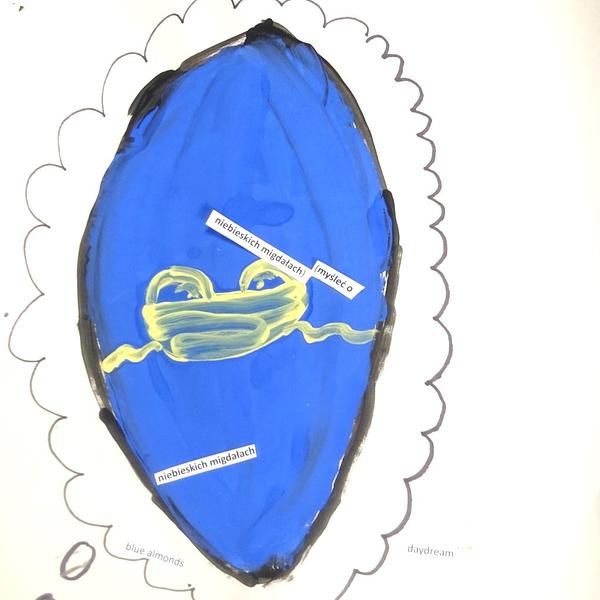
Exploring multilingual approaches to language teaching and providing teachers with knowledge, skills and example activities, using artworks and art-making in language classes with young learners.
Project aims:
Key outputs:
The Polish through Art online exhibition of creative art works by primary school pupils is now open on the SCILT website: click here to view exhibition

Scotland is a multilingual country that welcomes many diverse languages, cultures and people. Beyond English, which is spoken by a majority of Scots, many of us speak indigenous languages such as Gaelic and Scots as well as languages spoken in other parts of the world.
In 2020 there were 168 languages spoken in mainstream Scottish schools. Polish is the second, after English, language spoken by most pupils in Scottish schools. It is followed by Urdu, Scots, Arabic, Punjabi and Chinese. Whilst those languages are mainly taught in complementary ‘Saturday’ schools Scottish government’s ‘1+2 Approach’ offers an opportunity to introduce Scotland’s local languages in mainstream schools and teach them as L3 either for a term, a year or the full 3-year cycle.
Such inclusion of local languages not only makes all our pupils feel welcomed in Scottish schools and, by extension in Scotland, but it teaches that all languages are valuable and worth developing, that they are resources that can enrich our pupils both emotionally and culturally as well as academically, it facilitates the development of all pupils cultural and symbolic literacies and open unknown worlds of culture and knowledge to them.
Research shows that our brain is a network of connections not a chest of drawers with limited space. In a network each new connection strengthens the whole - languages strengthen each other. When a multilingual person thinks and communicates they do it across their network, across languages, in fact, they not only use all their languages but all semiotic resources available to them, such as, for example, gestures, drawings, face expressions, and with languages come cultures and experiences to which they may refer both directly and indirectly. This using of all resources available to the individual is what some researchers call translanguaging. They also often talk about one’s idiolect or linguistic/semiotic repertoire.
A multilingual approach to language teaching recognises that each learner has their own individual repertoire and opens the classroom door to languages and experiences learners bring to the classroom. It welcomes learners in their wholeness. Bell hooks wrote that the word ‘wholeness’ is a root word of ‘integrity’,[1] one may consider it being a root word for integration too. This approach to language learning and teaching does not require that a teacher knows all the languages their pupils speak, on the contrary, it accepts that each learner has a different individual repertoire so the process of learning will look differently for each of them. By recognising and welcoming it teacher accepts and expects that the responsibility and agency for language learning stay with the learner whose task is to merge the newly learned language features with their already existing repertoire. The role of the teacher is to facilitate pupils’ learning by supporting this process.
The role of art in this project is three-fold: 1) through the selection of artists it supports learning about Polish culture, 2) enhances pupils’ motivation and enjoyment and 3) encourages they creativity and criticality, and by authorising individual and collective freedom of expression strengthens their sense of agency.
Young people in Scotland’s schools will benefit from exploring their own and their peer’s repertoires, sharing their languages and cultures, and growing their language skills on the multilingual and multicultural foundation. This skill will add value to their learning by making them more open, understanding and agentive in their future education and support them in their life in a global, multilingual and multicultural society.
This project aims to provide teachers with knowledge, skills and some examples of activities in which artworks and artmaking are used to facilitate this process and allow young learners to experience the joy of learning a new language whilst having their own linguistic and semiotic repertoires recognised and valued.
[1] bell hooks, Teaching Critical Thinking: Practical Wisdom (Routledge, 2013), p. 16.
Find out more about the exhibition of creative art works by primary school pupils during the Polish through Art project.